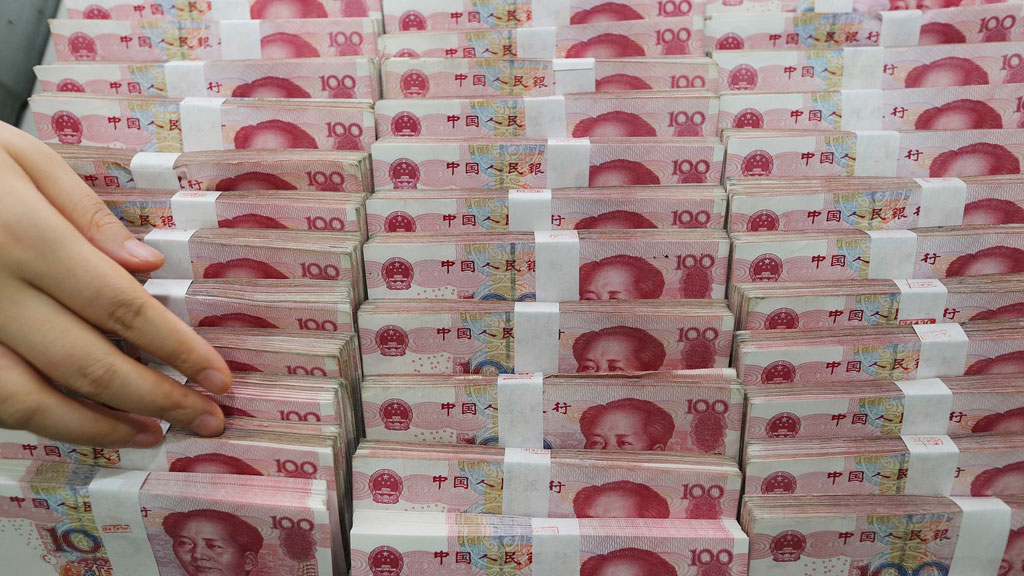 BEIJING: China's foreign exchange reserves fall by $15.54 billion in July to $3.104 trillion, central bank data showed on Wednesday, as the yuan came under pressure amid rising trade tensions with the United States.
BEIJING: China's foreign exchange reserves fall by $15.54 billion in July to $3.104 trillion, central bank data showed on Wednesday, as the yuan came under pressure amid rising trade tensions with the United States.
Economists polled by Reuters had expected the country's reserves, the world's largest, would fall by $18 billion to $3.101 trillion.
The fall in July - which was only the second monthly drop this year - was due to changes in foreign exchange rates and prices of assets which China holds in its reserves, the foreign exchange regulator said in a statement after the data release.
China has been able to keep capital outflows under control over the past year despite the bruising trade war with the United States and weakening economic growth at home.
Reserves have rebounded from an October 2018 low thanks to capital controls and rising foreign investments in Chinese stocks and bonds.
But downward pressure on the yuan is building after the central bank let the currency slide through the key support level of 7 to the dollar on Monday and it tumbled to 11-year lows.The US government moved subsequently to label China a currency manipulator.
The yuan has now weakened around 1.5pc since US President Donald Trump threatened last Thursday to impose more tariffs on Chinese goods from Sept. 1, though there are signs China is trying to stem the declines.
The yuan fell 0.28pc against the dollar in July, despite an agreement by US and Chinese leaders in late June to hold off on further punitive trade measures while the two sides attempted to restart negotiations, which had broken down in May.
China burned through $1 trillion of reserves supporting the yuan in the last economic downturn in 2015, which also saw it devalue the currency in a surprise move.
China had been intervening to support the yuan earlier this year as trade talks continued, "but the fact that they have allowed the yuan to go past 7 shows they have sort of given up," Capital Economics senior China economist Julian Evans-Pritchard said on Monday.
"We want to see how long the yuan stays past 7 to see if this is just a warning shot. If it stays past 7, it could weaken significantly further."
Adding to the pressure, China's economic growth slowed to 6.2pc in the second quarter, its weakest pace in at least 27 years, as demand at home and abroad faltered.
Analysts expect July data releases over the coming week to show a further loss of momentum, highlighting the need for Beijing to announce more growth boosting measures.
DIVERSIFICATION
China will pursue the diversification of its foreign exchange reserves in a steady, prudent way, the foreign exchange regulator said in late July.
For the first time, it released some broad data on its reserve holdings, which have been a closely held secret.
Of China's reserves in 2014, 58pc were held in US dollar-denominated assets, down from 79pc in 1995, the State Administration of Foreign Exchange (SAFE) said.
It did not disclose information for years after 2014.China has been ramping up its gold reserves this year.
It held 62.26 million fine troy ounces of gold at end-July, up 4.5pc from 59.560 million ounces at end-2018.
The value of China's gold reserves rose to $88.876 billion at the end of July from $87.27 billion at the end of June.



















Comments
Comments are closed.